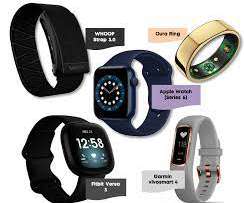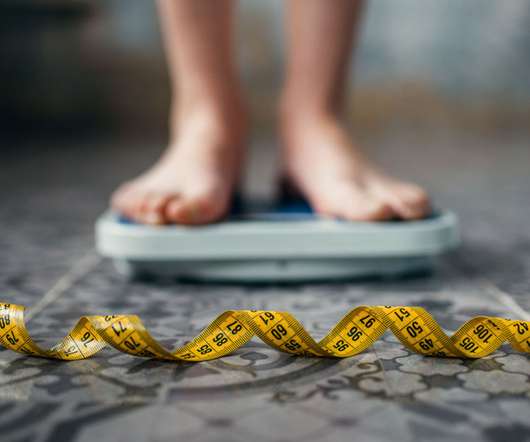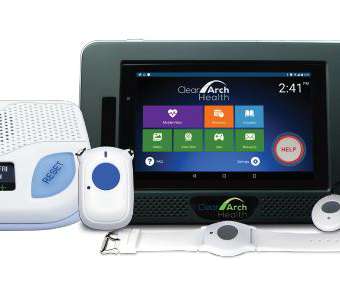The Promise of Digital Health and the Privacy Perils – HealthConsuming Explains, Part 4
Health Populi
MAY 2, 2019
are concepting, which I wrote about back in 2007 focusing on Toyota’s wellness car concept. With every one of these digital health encounters, from Alexa to Zipongo, a bit of data is created. GoInvo has been working for a long time on how to communicate health and healthcare data in enchanting ways.













Let's personalize your content